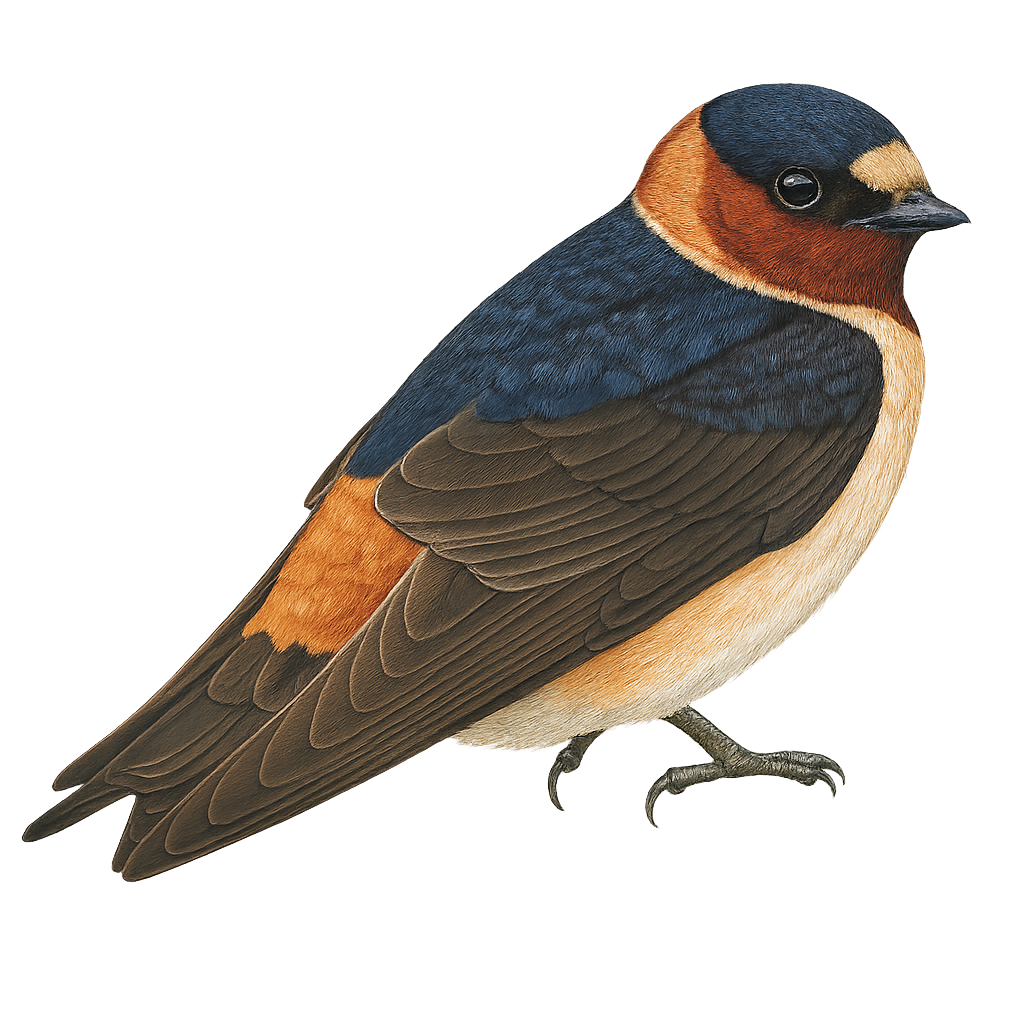Your wildlife photography guide.
Explore the american cliff swallow in detail, study its behavior, prepare your shots.
Where to observe and photograph the american cliff swallow in the wild
Learn where and when to spot the american cliff swallow in the wild, how to identify the species based on distinctive features, and what natural environments it inhabits. The WildlifePhotographer app offers tailored photography tips that reflect the american cliff swallow’s behavior, helping you capture better wildlife images. Explore the full species profile for key information including description, habitat, active periods, and approach techniques.
American Cliff Swallow
Scientific name: Petrochelidon pyrrhonota

IUCN Status: Least Concern
Family: HIRUNDINIDAE
Group: Birds
Sensitivity to human approach: Suspicious
Minimum approach distance: 10 m
Courtship display: April to June
Incubation: 15-18 jours
Hatchings: May to July
Habitat:
Agricultural areas, grasslands, water edges
Activity period :
Primarily active during the day, with peak activity in the morning and late afternoon.
Identification and description:
The American Cliff Swallow, Petrochelidon pyrrhonota, is a small migratory bird belonging to the Hirundinidae family. It is easily recognizable by its distinctive white forehead, dark blue back, and beige belly. These swallows are often seen in large groups, nesting under bridges, ledges, and cliffs. They build gourd-shaped nests using mud and saliva. Their diet mainly consists of flying insects, which they catch in mid-air. They are highly social and communicate through various songs and calls. Their range extends from North America to South America, where they spend the winter.
Recommended lens:
400mm – adjust based on distance, desired framing (portrait or habitat), and approach conditions.
Photography tips:
To photograph the American Cliff Swallow, it is advisable to use a telephoto lens of at least 400mm to capture detailed images without disturbing them. These birds are very active in flight, so it's best to choose a spot where they gather, such as near their nests. Use a fast shutter speed to freeze their movement and a tripod to stabilize your camera. Opt for times of the day when the light is soft, such as early morning or late afternoon, to achieve natural colors and avoid harsh shadows.
The WildlifePhotographer App is coming soon!
Be the first to explore the best nature spots, track rutting seasons, log your observations, and observe more wildlife.
Already 1 439 wildlife lovers subscribed worldwide

